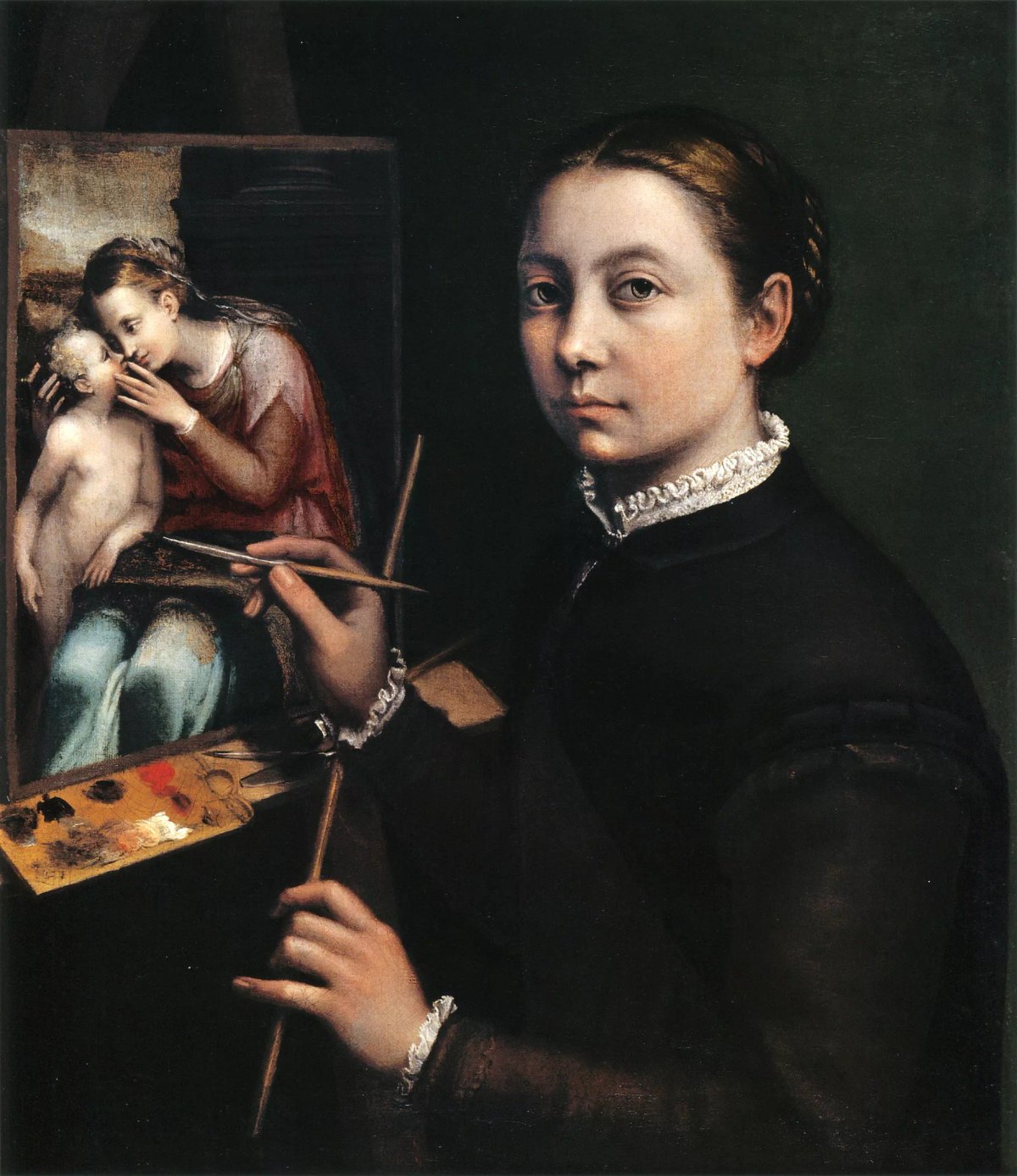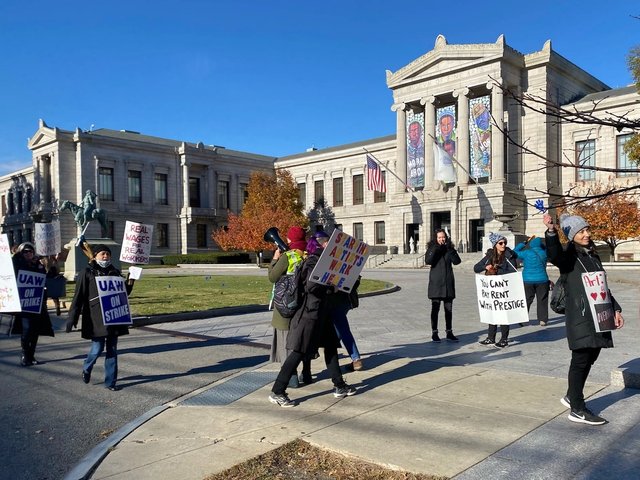According to recent data on post-graduate labour market conditions released by the Federal Reserve Bank of New York (New York Fed), Art History, Visual and Performing Arts and Graphic Design majors are associated with the highest rates of unemployment in the US. In the wake of the Creatives Rebuild New York (CRNY) survey illustrating the financial inviability of artists, the numbers paint a grim picture of the city’s art ecosystem, despite the arts contributing 7.4% of New York’s overall economy.
“Fundamentally, our economy doesn’t view artists as workers,” CRNY executive director Sarah Calderón told Hyperallergic in response to the study. “For this reason, among others, there is no wage protection, paid—or even affordable—healthcare options or any other elements of the social safety net that are afforded to other classes of workers.”
The New York Fed’s report states that Art History majors sport an 8% unemployment rate, followed by Liberal Arts and Fine Arts majors at 7.9% each. Over half of all three categories are “underemployed”, meaning that they work jobs that do not require a college degree. Performing Arts majors have a comparatively lower unemployment rate at 5.5% (tied with Sociology), but top the charts in arts-related underemployment at 65.9%. Graphic Design majors, on the other hand, faced the lowest underemployment rates in the sector at 33.7%.
The New York Fed’s interactive online data chart also tracks career-placement trends and median salaries of recent college graduates, comparing the figures with those of people who only have a high-school diploma. This results in a nuanced snapshot of the labour market. In a landscape where science, technology, engineering and mathematics are prioritised and arts funding endures slashing all over the country, it follows that majors like Industrial Engineering and Construction Services take the lead in job placement. Notably, however, categories like Aerospace Engineering, Physics and Computer Science rank high in unemployment rates, at 7.8%, 6.2% and 4.3% respectively. The leader in underemployment rates is the Criminal Justice major, clocking in at a whopping 71.5%.
Despite the deflating data, arts education shows no sign of slowing down. According to reporting from Hyperallergic in 2022, the University of California, Berkeley reported a 73% increase in first-year students in its Division of Arts and Humanities over the past decade. And the results of a 2024 Strategic National Arts Alumni Project (Snaap) survey reveal that 75% of arts and design alumni between the ages of 18 and 64 are occupationally engaged with the arts.
Still, when it comes to a topic as subjective as the arts, numbers never tell the whole story. As Snaap’s report reads: “An occupation-based understanding of employment is important, but a limited means to understanding the value generated for an individual and the social value that applying skills as an artist or designer in the workforce can generate.”






